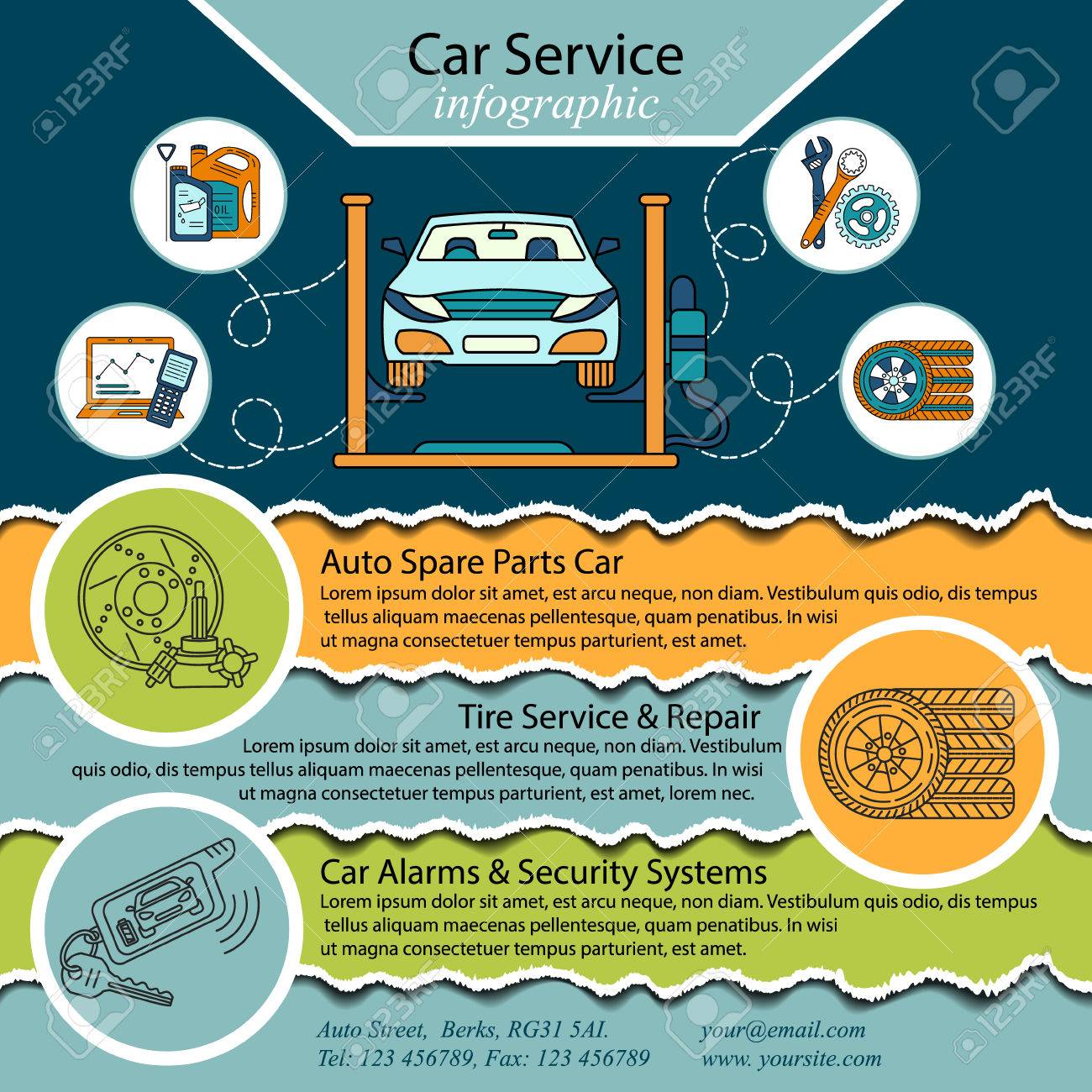Assessing Your Vehicle'S Warning Indicators: What They Actually Share
Assessing Your Vehicle'S Warning Indicators: What They Actually Share
Blog Article
Short Article Composed By-Lim Winters
When you lag the wheel, those glowing caution lights on your control panel can be a bit perplexing. Do you know what they're attempting to tell you about your car's wellness? Understanding the relevance of these lights is vital for your safety and the durability of your car. So, the next time among those lights appears, would not you wish to decode its message accurately and take the needed steps to resolve it?
Common Caution Lighting and Interpretations
Recognize usual warning lights in your auto and understand their definitions to make certain secure driving.
https://www.gobankingrates.com/saving-money/car/delayed-car-repairs-costing-you-1193/ include the check engine light, which indicates concerns with the engine or discharges system. If this light comes on, it's essential to have your vehicle inspected immediately.
The oil pressure alerting light shows low oil stress, calling for prompt attention to prevent engine damages.
A flashing battery light might suggest a defective billing system, potentially leaving you stranded if not dealt with.
interior car wash monitoring system (TPMS) light signals you to reduced tire stress, impacting automobile security and gas performance. Neglecting this can cause hazardous driving conditions.
The abdominal light indicates a problem with the anti-lock braking system, endangering your capability to quit quickly in emergency situations.
Finally, the coolant temperature alerting light warns of engine getting too hot, which can result in severe damage otherwise dealt with swiftly.
Understanding https://engine-remapping62849.eedblog.com/31288795/do-you-intend-to-find-out-exactly-how-automation-and-robotics-are-transforming-the-dynamics-of-the-vehicle-describing-company will assist you deal with problems without delay and preserve safe driving conditions.
Importance of Prompt Focus
Understanding the typical caution lights in your auto is just the first step; the importance of promptly attending to these cautions can't be stressed enough to guarantee your safety and security when traveling.
When a warning light illuminates on your control panel, it's your automobile's method of interacting a potential concern that needs interest. Ignoring these cautions can cause a lot more serious issues later on, compromising your security and potentially costing you a lot more out of commission.
Motivate attention to warning lights can stop malfunctions and crashes. For example, a flashing check engine light might show a misfire that, if left unattended, could trigger damages to the catalytic converter. Resolving this immediately can save you from a costly repair work.
In a similar way, a brake system advising light may signify reduced brake liquid or worn brake pads, important components for your safety when driving.
Do It Yourself Troubleshooting Tips
If you notice a warning light on your dashboard, there are a couple of do it yourself fixing tips you can try prior to looking for expert help.
The initial step is to consult your automobile's guidebook to recognize what the certain caution light shows. In some cases the issue can be as basic as a loose gas cap setting off the check engine light. Tightening up the gas cap might deal with the problem.
Another typical issue is a reduced battery, which can cause various advising lights. Inspecting the battery links for corrosion and ensuring they're safe and secure might deal with the problem.
If a caution light continues, you can try resetting it by separating the vehicle's battery for a few mins and then reconnecting it. Additionally, inspecting your automobile's liquid levels, such as oil, coolant, and brake fluid, can assist fix warning lights connected to these systems.
Final thought
In conclusion, understanding your auto's caution lights is essential for keeping your vehicle running smoothly and safely. By without delay addressing these notifies and knowing what they indicate, you can avoid costly repairs and prospective failures.
Remember to consult your automobile's handbook for particular details on each warning light and take action appropriately to ensure a trouble-free driving experience.
Keep informed, stay risk-free when driving!
